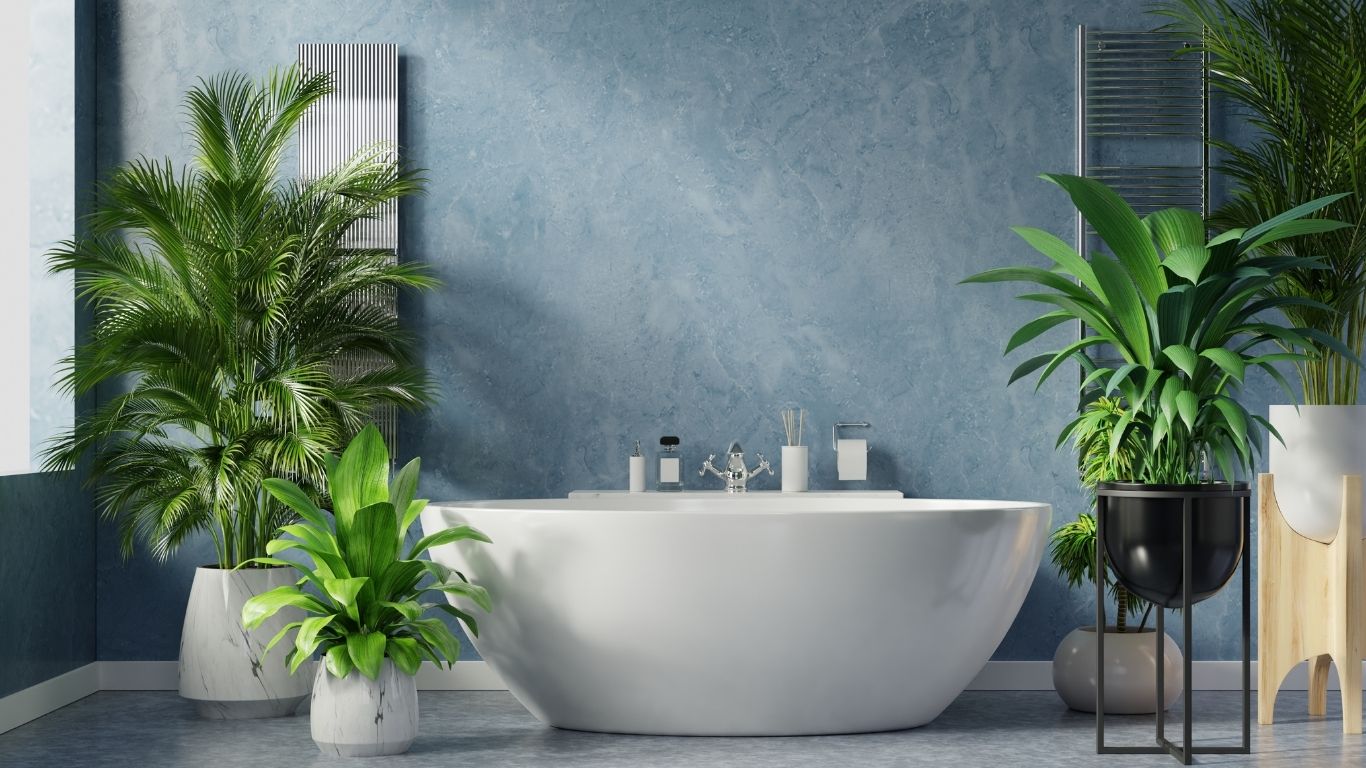FREE SHIPPING On Bathroom Vanity Orders Delivered Within 100 miles of Zip Code 17403 (York, PA)

Bathtubs come in a wide array of designs and are made from various materials, each offering different aesthetics, benefits, and drawbacks. Here’s a breakdown of some common bathtub designs and the materials they are typically made of:
The best bathtub design and material for you will depend on your personal preferences, bathroom size and layout, budget, and lifestyle needs.